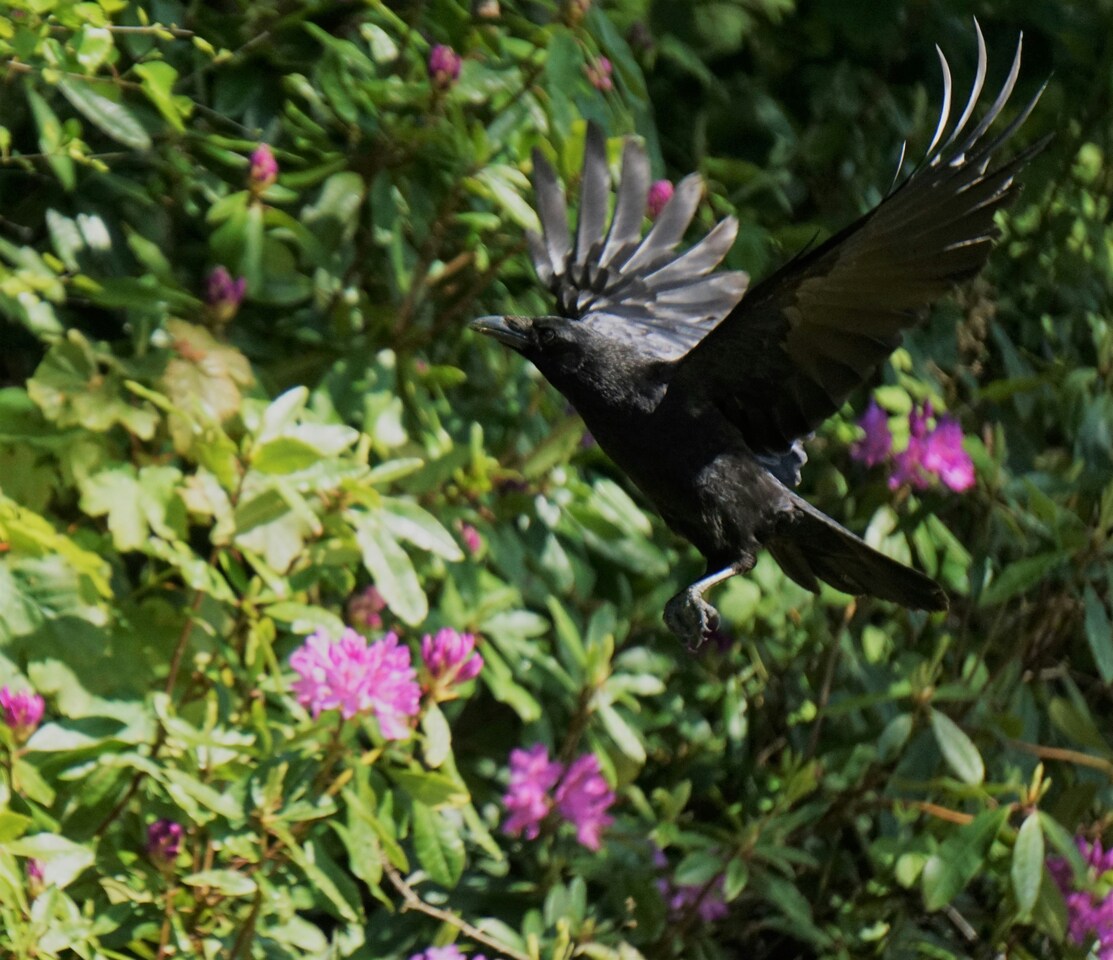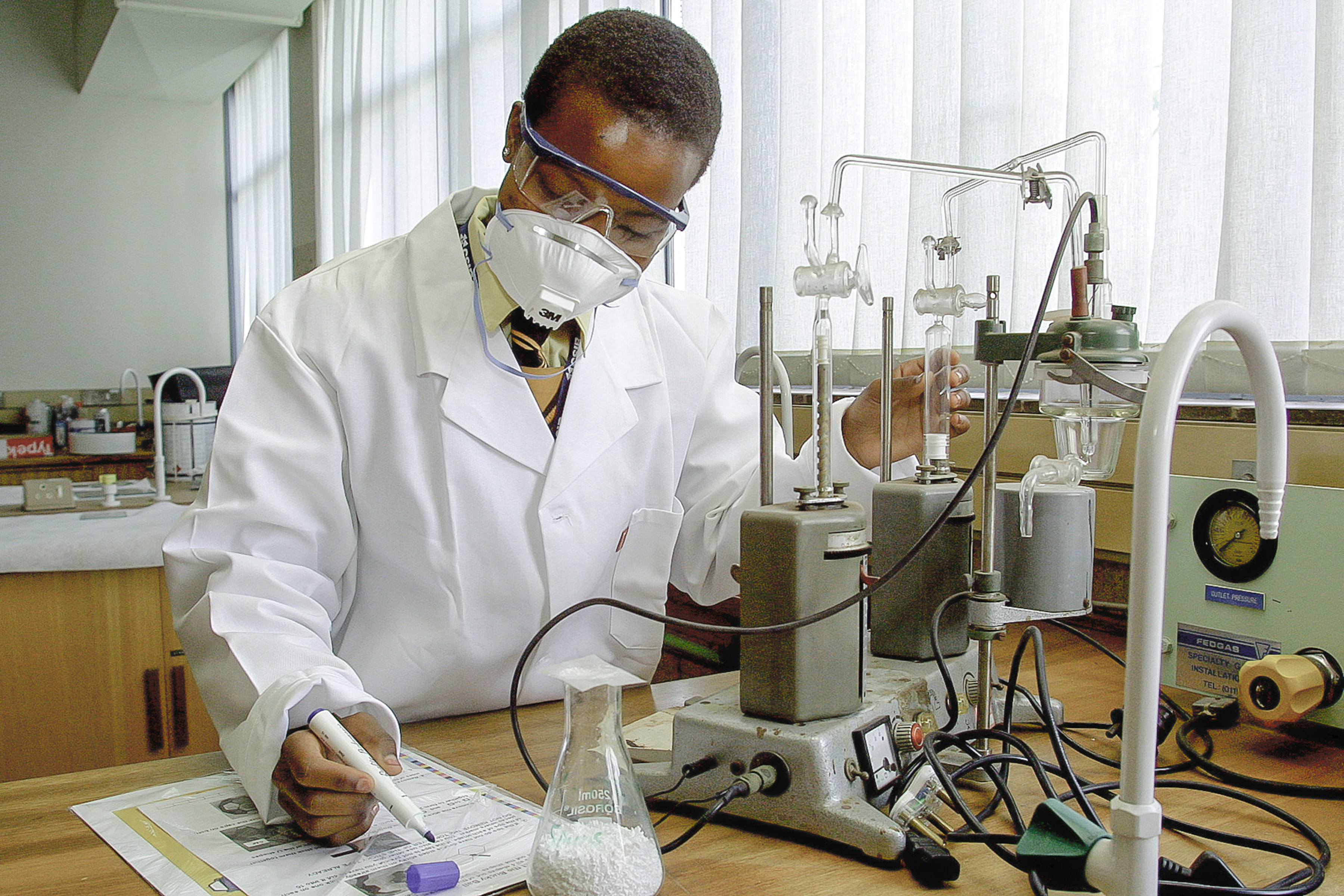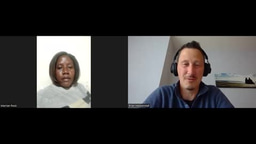Bridging Science, Community, and Conservation: Mandla’s Journey Toward a Sustainable Southern Africa

In the heart of Southern Africa, vibrant ecosystems face growing threats from habitat loss and invasive species. Yet, a new generation of conservationists is working tirelessly to restore balance. Among them is Mandla, a Zimbabwean conservationist and Master’s student in genetics based in South Africa. His passion for biodiversity began during childhood adventures exploring nature.
Today, Mandla represents a new wave of young leaders who understand that protecting nature requires more than research—it requires connecting science with communities, education, and action. His journey demonstrates how curiosity, collaboration, and compassion can build a harmonious world where humans and nature thrive together.

Where knowledge meets care, innovation becomes a force for nature across Southern Africa.
During our conversation, Mandla shared how his research and experiences connect science, community, and education to protect the region’s natural heritage.
Ussi: Growing up in Zimbabwe, what early experiences inspired your interest in biodiversity conservation, and how has moving to South Africa shaped your view of environmental issues across borders?
Mandla: As a child in Zimbabwe, I often caught birds and spent hours in the wild. Those moments sparked my love for nature and guided me to study conservation at university. Moving to South Africa expanded my view. I realized conservation isn’t limited by borders—species and challenges move freely. This taught me that we need regional cooperation to protect shared ecosystems.
Ussi: As a Master’s student in genetics, what key lessons have you learned about linking research to real-world conservation, especially with invasive species like crows?
Mandla: My studies showed me that genetics offers powerful tools. It reveals how species move and interact, helping us understand invasive populations like crows. But research alone cannot solve conservation challenges. Progress happens when scientists, ecologists, policymakers, and communities work together. Science guides action, but people make it happen.
Ussi: From your experience, what’s the best way to include environmental education in conservation projects, especially in regions facing rapid biodiversity loss?
Mandla: Education works best when it connects directly to local life. When people see how conservation supports their livelihoods, they care more. Combining traditional knowledge with modern science also helps. Involving youth through schools or citizen science builds lasting awareness. Engagement reduces conflict and helps communities own conservation goals.
Ussi: What have you learned about collaborating with communities and other partners, and how has that shaped your approach to managing invasive species?
Mandla: I’m still early in that journey, but I see great potential in linking genetics to practical conservation. Regional monitoring and shared data could improve how we manage invasive species. Collaboration depends on humility and open communication. Everyone brings something valuable, and learning goes both ways.
Long-term success, I’ve learned, means blending conservation with development. People must benefit alongside nature. True resilience grows when communities and ecosystems support one another. Protecting species is important, but helping people and nature thrive together is the real goal.
Mandla’s journey shows how curiosity and compassion can drive positive change. His work reminds us that sustainability grows where science meets empathy. When communities and researchers unite, they create living examples of balance and respect for the environment.
Through shared knowledge, education, and collaboration, we can inspire others to care for the planet—not as a resource to use, but as a home we must protect together.

Please sign in or register for FREE
If you are a registered user on WildHub, please sign in
Thank you for sharing this interview, @Ussi Abuu Mnamengi ; this interview captures so well how curiosity, science, and empathy come together in Mandla’s story.
@Mandla , I especially appreciated your reflection that “Collaboration depends on humility and open communication. Everyone brings something valuable, and learning goes both ways.” Such wisdom and a reminder of the mindset that makes real, lasting conservation possible. Thank you both for highlighting how young conservation leaders are shaping a more harmonious future.